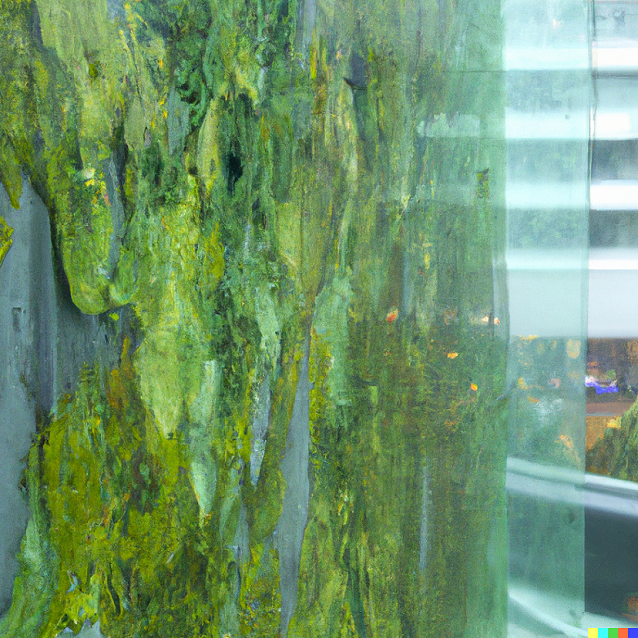Carbon Dioxide capture from atmospheric air by ALGAE (DAC)

Capturing carbon dioxide (CO2) from the atmosphere has become a major research area as a way to mitigate climate change. One promising technology for CO2 capture is the use of algae. Algae are photosynthetic microorganisms that consume CO2 during growth, making them a promising natural solution for CO2 capture. This post presents an overview of the fundamentals of algae-based CO2 capture, including the types of algae used, CO2 capture capacities, current designs, and future research directions.
Fundamentals of Algae-based CO2 Capture
The basic principle of algae-based CO2 capture is to use algae to consume CO2 from the atmosphere, while simultaneously growing and producing biomass. During photosynthesis, algae consume CO2 and release oxygen (O2) and biomass. The biomass produced can be used for various applications, such as biofuels, animal feed, and fertilizer. The captured CO2 can be used for industrial processes or sequestered underground to prevent its release into the atmosphere.
Types of Algae Used for CO2 Capture
Several types of algae can be used for CO2 capture, including microalgae and macroalgae. Microalgae are unicellular organisms, while macroalgae are multicellular organisms. Both types of algae are capable of photosynthesis and can consume CO2. However, microalgae are more efficient at CO2 capture due to their higher growth rates and CO2 uptake capacities.
Some of the most commonly used microalgae for CO2 capture include Chlorella, Scenedesmus, and Spirulina. Macroalgae, also known as seaweeds, have a lower CO2 capture capacity but can be used as a feedstock for biofuels and other value-added products. Cyanobacteria, also known as blue-green algae, have a similar CO2 capture capacity as microalgae and can also fix nitrogen from the air, making them a potential source of fertilizer.
CO2 Capture Capacities of Algae
The CO2 capture capacity of algae depends on several factors, including the type of algae, light intensity, and nutrient availability. Microalgae have been shown to have CO2 uptake capacities of up to 3-5 times their dry weight per day, while macroalgae have lower CO2 uptake capacities of 0.2-0.5 times their dry weight per day. The CO2 capture efficiency of algae can be improved by optimizing growth conditions, such as increasing light intensity and providing optimal nutrient concentrations.
Current Designs for Algae-based CO2 Capture
There are several designs for algae-based CO2 capture, including open ponds, closed photobioreactors, and hybrid systems. Open ponds are the simplest and cheapest design, but they have lower CO2 capture efficiencies due to the lack of control over growth conditions. Closed photobioreactors are more efficient at CO2 capture due to their ability to control growth conditions, but they are more expensive to build and maintain. Hybrid systems combine open ponds and closed photobioreactors to achieve higher CO2 capture efficiencies while reducing costs.
Several companies and research institutions worldwide are actively developing algae-based CO2 capture technology. In the United States, ExxonMobil has partnered with Synthetic Genomics to develop algae-based biofuels and CO2 capture technology. In Europe, the ALG-AD project is developing an integrated system that combines wastewater treatment, algae-based CO2 capture, and biogas production. In Asia, the Japanese company Euglena is developing algae-based biofuels and skincare products.

Future Research Directions
The use of algae for CO2 capture is a promising technology with several potential applications. However, further research is needed to optimize growth conditions, develop more efficient photobioreactors, and scale up production. Additionally, the use of genetic engineering to modify algae for increased CO2 uptake and biomass production is an exciting area of research that has the potential to revolutionize the field.
In conclusion, algae-based CO2 capture is a promising technology for mitigating climate change. Microalgae are the most efficient type of algae for CO2 capture, with CO2 uptake capacities of up to 3-5 times their dry weight per day. Current designs for algae-based CO2 capture include open ponds, closed photobioreactors, and hybrid systems. Future research directions include optimizing growth conditions, developing more efficient photobioreactors, and using genetic engineering to modify algae for increased CO2 uptake and biomass production
